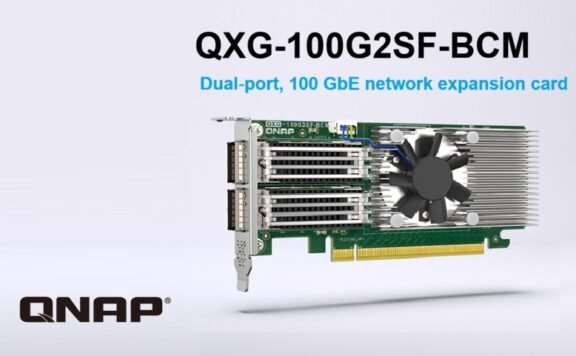In XMG’s latest product line-up, the XMG CORE 15 and CORE 17 gaming laptops embody first-class hardware adoption in the upper-mid performance bracket. The new E21 model generation not only brings an update with NVIDIA’s GeForce RTX 3060 but also introduces for the first time an optional 165 Hz IPS display with WQHD resolution. Featuring both current AMD and Intel 8-core processors, the laptops offer versatile memory and storage options. With their discreet and solid design, they provide a classic aesthetic counterpoint to the playful RGB lighting and aggressive gaming-biased design trend.
XMG CORE featuring GeForce RTX 3060 Max-P and fast 8-core CPUs
In contrast to the NVIDIA GeForce RTX 2060, the RTX 3060 in the XMG CORE laptops from the new E21 model generation shows a significant performance increase: with 3840 CUDA Cores, opposed to previously just 1920, the GPU is prepared for more demanding tasks than simply Full HD gaming at high-quality settings. This explains why, for the first time, XMG now also offers the CORE 15 and CORE 17 with optional high-resolution WQHD displays. Since the graphics card operates at the maximum TGP specified by NVIDIA of up to 115 watts, it can unleash its full potential. XMG continues to offer both models with processors from AMD and Intel. However, the Intel version gets an upgrade to the Core i7-10870H, meaning that 8-core CPUs are now used across the board. The AMD-based laptops will utilise a Ryzen 7 5800H in the future, but until the Cezanne processors are more readily available, XMG is still planning on offering a transitional generation that combines the GeForce RTX 3060 with a Ryzen 7 4800H.
Display options up to WQHD IPS with 165 Hz
All XMG CORE laptops with Intel CPUs and the AMD-based CORE 17 start with a Full HD resolution, 144 Hz IPS display. The basic configuration of the 15.6-inch model with Ryzen 7 4800H or 5800H, however, features a 240 Hz screen. Both Full HD displays provide more than 90% sRGB colour space coverage.
XMG offers an optional WQHD IPS display with 165 Hz technology and 95% coverage of the sRGB colour space for all models. This brings the powerful CORE E21 generation a little closer to XMG’s performance upper class, such as the NEO series.
Discreet undercover gaming design
One of the characteristics of the XMG CORE series has always been its design, focusing on visual understatement. The current models continue the simple elegance trend, offering a discreet alternative to the more excessively gaming-orientated design of many other laptops. Placing special emphasis on a robust chassis and the integration of a powerful cooling solution, they define the new upper-midrange performance segment with a high quality and well balanced unified concept.
The XMG CORE 15 knows exactly how to impress with excellent portability, featuring compact dimensions of 359.8 x 243, 22.9 mm and weighing in at a mere 1.99 kg. An aluminium display lid and upper chassis provide the 15.6 inch laptop with a high-quality look and feel. The XMG CORE 17 measures 395.7 x 260.8 x 30 mm and weighs 2.5 kg. Both models pack a screwed-in 62 Wh battery and feature a webcam positioned on the display’s upper edge.
Up to 64 GB DDR4 RAM and two M.2 slots
With two SO-DIMM sockets supporting up to 64 GB DDR4 RAM and two M.2 slots connected via PCI Express, the XMG CORE 15 and CORE 17 provide generous memory and storage configurations.
Both provide a 2.5 Gigabit Ethernet port, Wi-Fi 6, three USB-A as well as one USB-C port, HDMI 2.1, an SDXC card reader, and separate audio jacks for a headphone and microphone. Additional features include a Microsoft Precision compliant touchpad and a keyboard with multi-level adjustable RGB backlighting, as well as FnLock function allowing for permanent switching between the primary (F1 to F12) and secondary functions of the F keys, such as for adjusting the volume or display brightness.
Differences between AMD and Intel model variants
Compared to the AMD version of the XMG CORE, the graphics card in the Intel version is connected via 16 instead of only 8 PCI Express lanes: on the other hand, the AMD model is capable of driving memory at up to 3200 MHz instead of only 2933 MHz.
The limitation of the PCI Express lanes in the AMD version does not cause any restrictions in regular gaming. Bottlenecks are only seen in low resolutions and consequently very high rates beyond 300 FPS. How this may affect the performance of emerging technologies, such as Direct Storage and RTX IO is still unclear, but those technologies are only expected to become more relevant in the future and during wider adoption.










